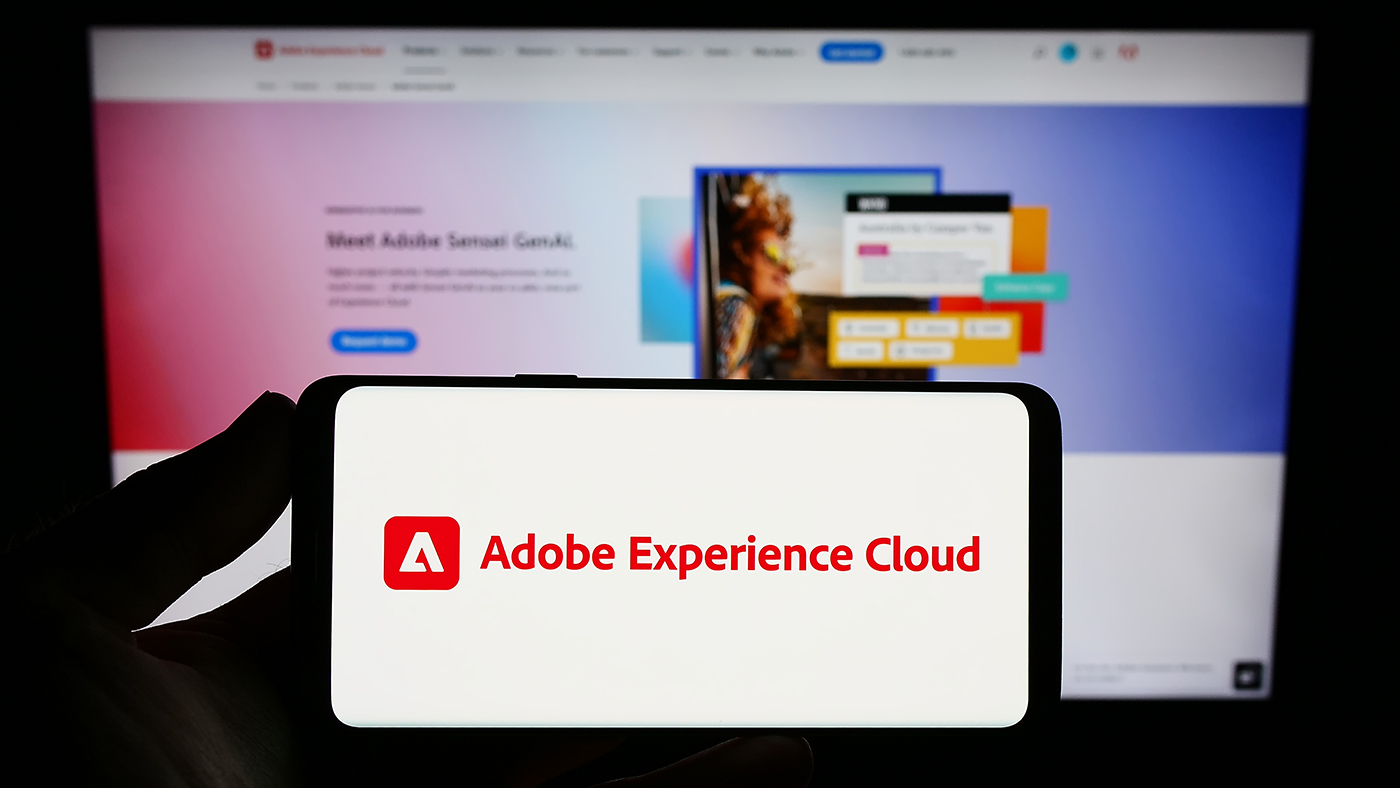
Why Client Centricity Should Be the First Goal of an Insurance Company’s Digital Transformation

In previous blog posts, we’ve discussed the what and how of digital transformation for insurance organizations: what the end state of your insurance company may be and how to get there.
In this post, I’ll dive into the why: why bother with digital transformation at all? The simple, single answer is this: to better serve your customers.
And before you yawn or click away, let me frame it differently: if you make client-centricity the primary goal of your digital transformation, you won’t have to obsess about the top of your funnel. You won’t have to compete on price and you won’t have to worry about insurtech startups winning away your customers because those customers would never dream of leaving you.
If that sounds compelling, read on.
The 3 Moments that Matter for Insurance Customers
In a customer’s relationship with their insurance provider, there are three moments that really matter:
- The moment of purchase
- The moment of renewal
- The moment of making a claim
Let’s take a look at what happens in each of those and how digital transformation can have an impact.
Moment of Purchase
In this moment, we would expect customers to ask questions like…
- Should I work with an agent or not?
- Do I want a company that handles everything online or a company that will connect me with a person when I have questions?
- Which of these “extra” protections are right for my situation?
Those are questions customers should be asking when they buy insurance, but for the most part, they’re not.
That’s because advertising from the insurance industry over the last couple of decades has trained them, instead, to ask only one question: How much does this policy cost?
And because the finer points of insurance aren’t familiar to most customers and because we all understand the benefits of a lower price, that’s where most insurance companies have been forced to compete.
Moment of Renewal
If a customer’s experience has been fine in the last year, they may renew because it’s easier than shopping around.
But if they’re a little annoyed by your app or there was some problem processing payment, they may hesitate before renewing – especially if they’ve been bombarded with advertisements from your competitors all year (and trust me, they have).
Moment of Claim
This is the most important of these moments.
When a customer makes an insurance claim, it’s often the worst day of their life. Their car was wrecked. Maybe someone they love was badly injured. Maybe they were badly injured and they’re coming to grips with the fact that their life will never be the same. Maybe they’re standing in two feet of mud in their basement.
If anything about your claims process is glitchy or difficult or frustrating – if your claims process makes that worst day of their life even worse? You’d better believe they won’t be renewing.
The Bigger Question for Insurance Companies
To determine what a client-centric digital transformation needs to address, an insurance organization can ask what these three moments currently look like for their customers – and then what they should look like.
That second question can be guided by an organizational vision: What do we want our relationship to our customers to be? What value do we want to add to their lives? How do we help make the worst day of their lives slightly less awful by providing much-needed support?
Functionality Is Brand
Think about Crocs. These are shoes that we’ve universally agreed are ugly as sin but that remain popular because they’re also extremely comfortable. Converting someone from a Crocs-hater to a Crocs-lover is as easy as getting them to try on a pair of Crocs.
Their extreme functionality as a pair of comfortable shoes has become their brand – and helped them continue selling year after year.
In insurance, we tend to think of brand as the personality insurance companies and their avatars portray in commercials. These days, humor is a big part of this “branding.”
And that works at the top of the funnel. Who doesn’t want to hang out with their funny friend?
The problem is that this focus on humor and on the moment of purchase tends to come at the expense of the other two moments that matter for insurance customers. Put differently, investment in an advertising agency’s version of “brand” prevents insurance companies from investing in the smaller moments that fulfill customers’ needs.
But those smaller moments are the building blocks of brand.
Let’s say you have to tell a customer they’re only going to get $3,000 for a totaled car they thought was worth $5,000. That’s a bummer of a message, but the way you convey it matters:
- Telling them before you mail the check can help by preventing a nasty shock.
- Having a human deliver the message can help because that human can answer questions.
- Empowering that human with resources about what to look for in second-hand cars can help because it shows the customer that there is a clear path forward.
On the worst day of your life, you may not necessarily want to hang out with your funny friend. You may want someone calm who’s been through the same thing a million times and knows exactly what to do to help you get back to normal.
The 5 People Who Should Guide Digital Transformation at Insurance Companies
Digital transformation is not just an update to your tech stack. It is a transformation of every aspect of your organization. That’s why it’s so hard to do but also why it’s so important. If you currently have to devote most of your spend to top-of-funnel lead gen, it’s because customers are regularly leaving your organization, which is not an efficient way to grow.
So how do you keep customers around? You create an organization that puts their needs first.
To figure out what that organization looks like – what your path to digital transformation should include – you need to input from people with five perspectives:
- Marketing, to offer insight about how, when, and where it’s possible to communicate with customers and potential customers.
- IT, to clarify what’s technically possible now and what changes would be needed to deliver on various aspects of your vision.
- Claims, to define the current process and where the biggest pain points are for customers and employees.
- Customer, to explain what actually matters to them, what they think about insurance, and what they expect of their insurance provider.
- Agent, to explain how customers lean on them, what customers want from their purchase/renewal / claims experiences, and what tools and resources could make them more valuable to customers.
With these five perspectives, you can make a roadmap to client-centric digital transformation. You can accelerate the process by bringing in an external team of people who have done similar work in the past.
Making a Roadmap to Client-Centric Digital Transformation
When you get those stakeholders together, their goal isn’t to figure out technical solutions to all your problems. Instead, it’s to do the following:
- Develop a set of hypotheses about how you can improve the customer experience.
- Figure out ways to test those hypotheses.
- Based on those tests, identify concrete ways to change your organization that will improve the customer experience.
- Estimate the costs of these changes.
- Prioritize the changes based on your organization’s vision and the input of your digital transformation team.
You can make meaningful improvements in as little as six months, but it’s also important to note that digital transformation and moving toward client-centricity are ongoing processes. As the world changes and customer expectations change, so should the way you engage with the people you serve.
Insurance Companies that Digitally Transform toward Client Centricity Will Be Untouchable
Today, the insurance industry has moved toward commoditization of its products. Its top-of-funnel communications have trained customers to shop based on price, which leaves companies little room to invest in the kind of organizational transformations that meaningfully improve customer experience and therefore retention.
A company that embraces client-centricity as the primary goal of digital transformation will find it has few serious competitors – at least in the short term. Eventually, everyone else will try to catch up. If any of this strikes a chord for you and you’d like to talk more about how putting your customers’ experience at the center of your digital transformation efforts can give you a significant competitive advantage, get in touch. I’d love to hear your story.




